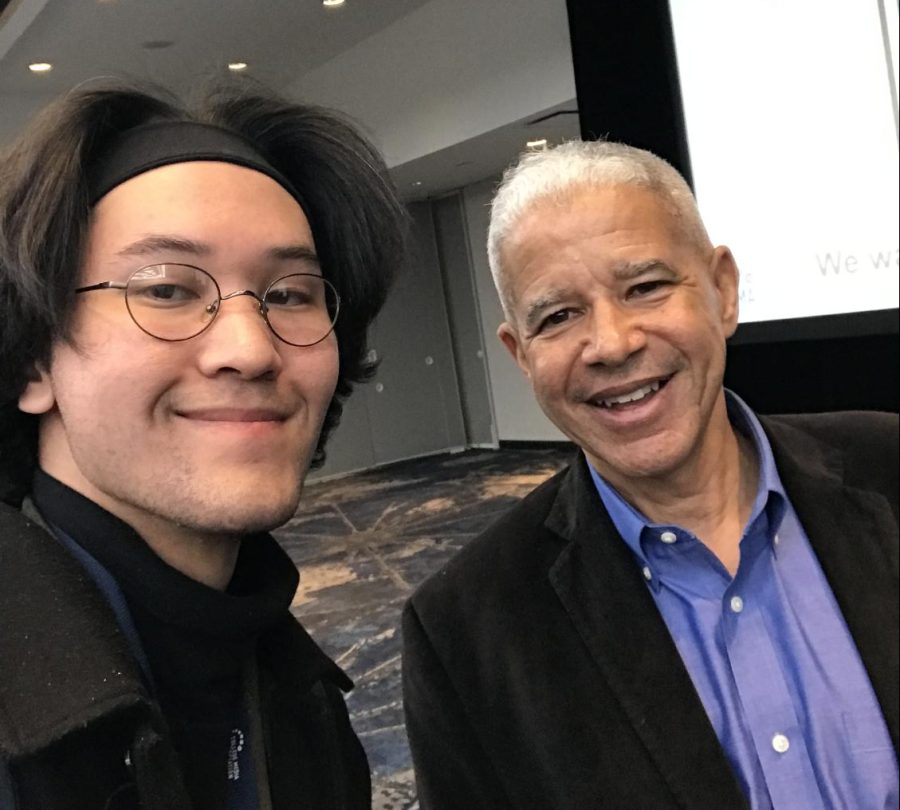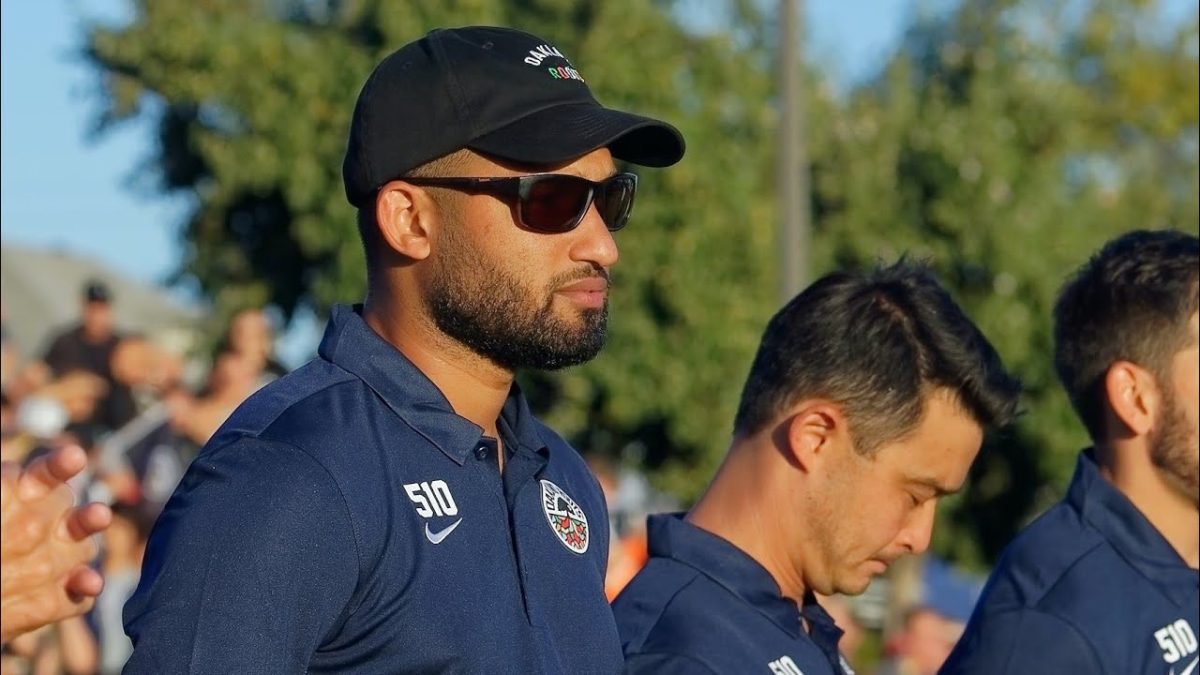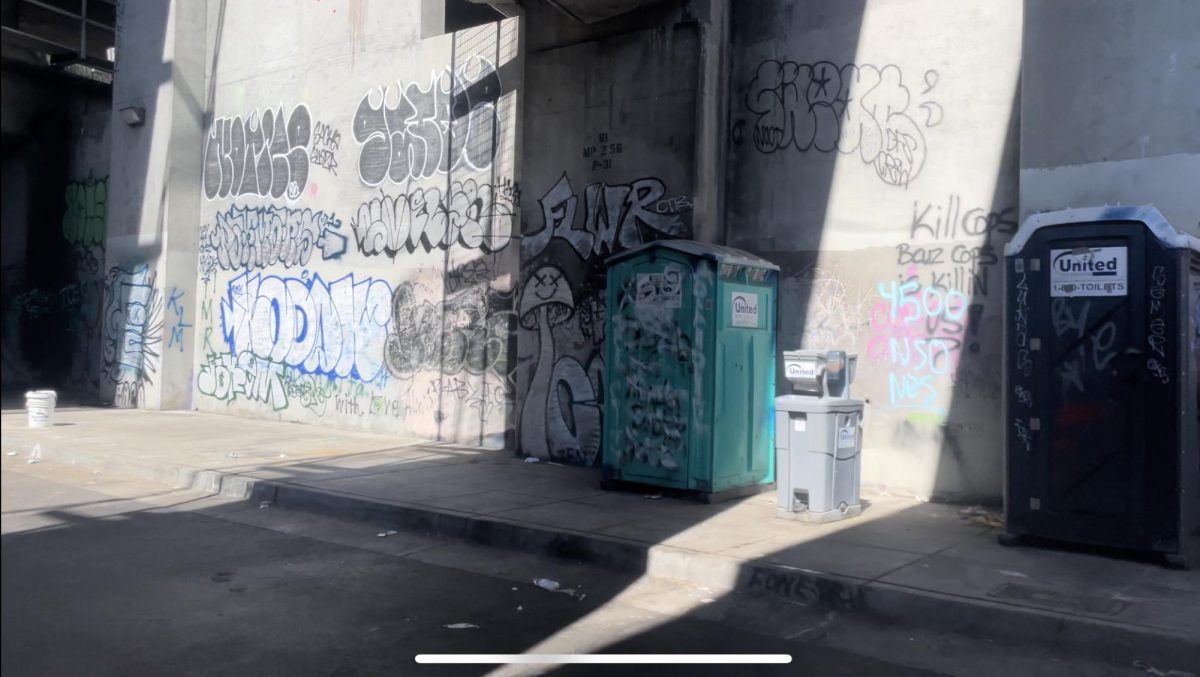
“Mary” was smart, independent, and strong–she was not the sort of woman usually thought of as a victim of domestic violence.
“You know, you’re stupid sometimes. You don’t see things you should have seen,” Mary said of a five or six year abusive relationship in her past.
Mary was one of about 1.3 million women who are victims of physical assault by an intimate partner each year, according to the National Coalition against Domestic Violence. They further estimate one in four women will experience domestic violence in their lifetime.
The figures vary from source to source, but the round estimate claims that an intimate partner kills one-third of murdered females reported in police records. Additionally, several reports stated, in 70 to 80 percent of intimate partner homicides, regardless of which partner died, the man physically abused the woman prior to the murder.
The cost for this social abomination goes well beyond the sheer ugliness of its existence–it creates a financial burden as well. The National Coalition Against Domestic Violence reported the financial impact to exceed $5.8 billion annually, of which $4.1 billion applies directly to medical and mental health services.
These are 2008 figures, compiled by the CDC, and reflect only that small portion of reported incidents.
With a plethora of governmental, faith-based, and private concerns working so closely with, and reporting numbers on domestic abuse, it’s fairly amazing how little society actually knows about it.
Misconceptions abound about intimate partner violence, and “I would never put up with that” is one of the most common ones, according to A Safe Place For Help.
In decades past, it was called wife battering or spousal abuse, but as society came to recognize different forms of relationships, with or without cohabitation, new phrases were created to accommodate a more politically correct terminology for a terribly incorrect circumstance.
Today it is known as “domestic abuse,” “domestic violence,” and the much broader, more inclusive phrase, “intimate partner violence,” or IPV.
Physical violence is only one aspect of abuse. The Centers for Disease Control and Prevention defined intimate partner violence as “actual or threatened physical or sexual violence, or psychological and emotional abuse, directed toward a spouse, ex-spouse, current or former boyfriend or girlfriend, or current or former dating partner.”
Domestic violence is a serious problem in this country, and many people who are victims do not realize it, according to the Mayo Clinic. Only rarely is a relationship brutal from the outset–generally, the control begins very subtly and only increases in tiny increments, thereby masking itself to the abused until such time as the victim is deeply entrenched. It may never escalate to physical brutality, but, even without visible injuries, it is abuse nonetheless.
While their partners sometimes abuse men, women are more frequently the victims, and abuse is not limited to heterosexual relationships. IPV happens regardless of sexual orientation, social or economic status, race, age, or educational background, according to The National Coalition of Anti-Violence Programs, one of the few organizations to gather statistics on violence in lesbian, gay, bisexual and transgender (LGBT) communities.
Their website points to a few issues unique to homosexual relationships. Often, gay men and lesbians have already suffered rejection from their families and much of society. Since isolation is one of the abuser’s favored early tools of control in any relationship, many LGBT abusers use this built-in aspect to instill a sense of belonging that their partner may not even have from the family he or she was born to, and one that they’re loath to give up.
There is very little empirical data available on LGBT intimate partner abuse, as scholarship on the lesbian, gay, bisexual and transgender community is in its infancy, and generally focuses on other dimensions, like coming out, or surviving heterosexism.
The reality of domestic abuse is far more complex than the unaffected public assumes. People presuppose that victims in abusive relationships must have low self-esteem, or grew up in an abusive home.
“My dad never hit my mother, so I wasn’t from a family where I’d seen it and thought that it was okay,” Mary said.
It never occurred to Mary that she would ever be in that position, nor was she aware of the red flags his behavior should have raised.
“It was awful really. I’m the kind of person that if someone hits me, I… well, and it got crazy. I was throwing fricking parts from an automobile. I felt there was nothing I could do, and he was so much bigger than me,” she said.
“And he had a way of turning it around to where it wasn’t his fault, and I had started it, and this and that and the other thing,” she added.
“And he was violent to the point where I was worried about the boys,” she said. “With their mom in jail, I just didn’t want to leave the kids with nobody.”
“It was just unbelievable, some of the stuff he would do, but it was great when he was in jail, [on an unrelated charge],” said Mary. ”I was able to run the house, and get the kids off to school.”
She was constantly covered in bruises, had blacked eyes, and at one point, he broke her nose. But she never went to the hospital. Mary realized that none of her injuries were life-threatening. She began to fear for her daughter, now a teenager.
“And that was when I decided that I was outta there,” she said, “and plus the fact that I realized that this is never going to stop, it’s never going to get any better–it’s never going to turn around and change. It’s only going to get worse.”
Her story was not all unusual in cases of intimate partner abuse.
“I didn’t realize it though, I mean I was just so deep in it,” said Mary. “When I met him I had a car, I had a place, I had a job. When I left I had no car, I had no money. Well, I [volunteered] a couple of days a week, but that was it.”
When she was desperate enough to leave, she was so tired that she found a place around the corner and just lay down and slept very deeply.
“Before I left home, I used to hide in the closet and hope he wouldn’t find me, but he always did,” she said. “There were so many holes in the wall from his fists. And I didn’t want to tell anybody, I was so embarrassed.”
She never went to the police, because she feared his response to being arrested when he got out. She said that he had history with the police, and she was suspicious to begin with and didn’t believe they’d help her.
Phone calls to the police to hear how they would react or respond to someone in her situation were not returned.
Mary said, like essentially uncounted thousands have said before her.
“When what’s out there scares you less than what you know, it’s time to leave,” she said.
















